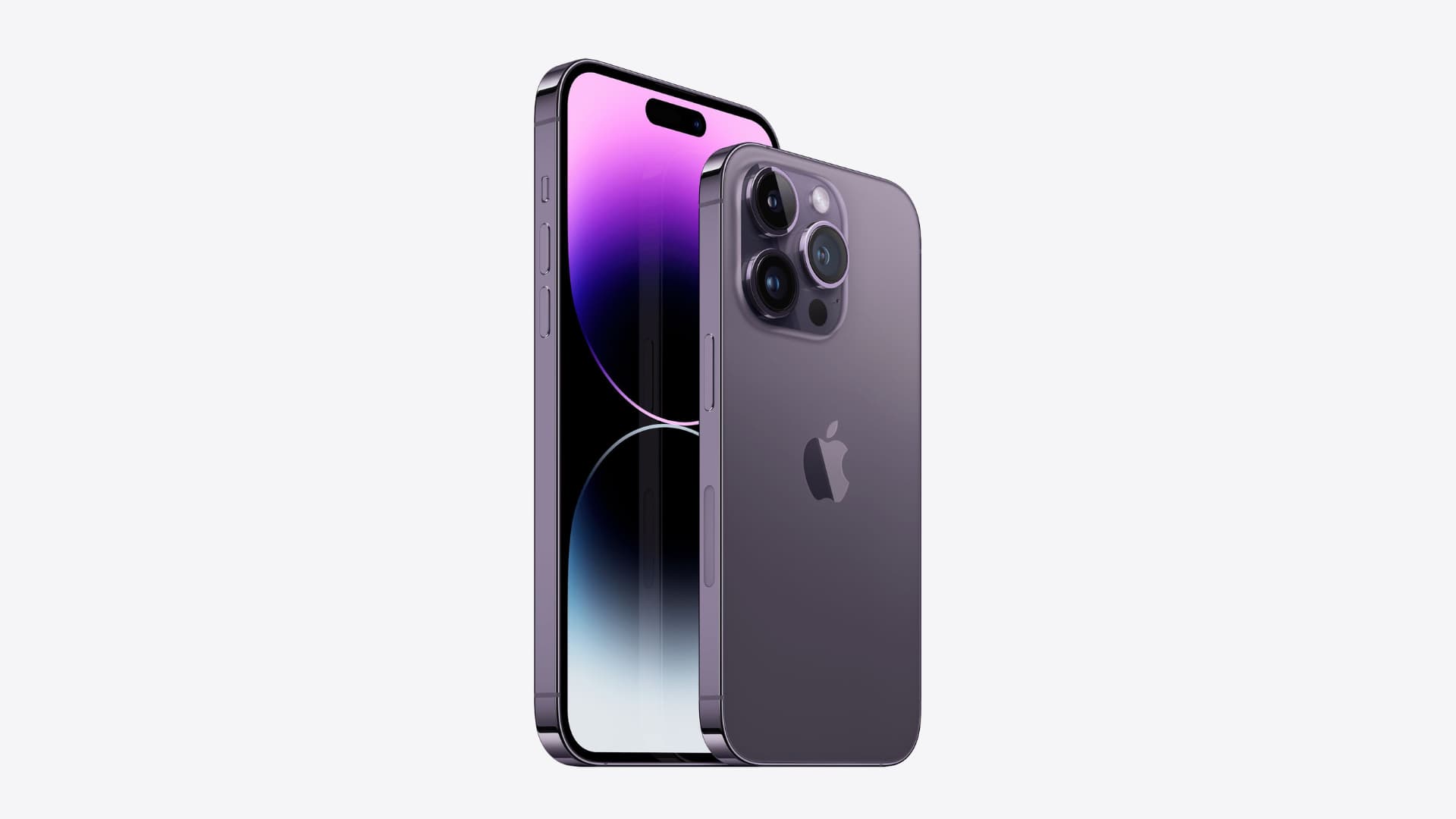ARCTURUS
SMARTPHONES
SEARCH: LIBRARY of CONGRESS SUBJECT HEADINGS
TECHNOLOGY - T
SUBJECT EXPERTS I
SUBJECT EXPERTS II
RESEARCH GUIDES
SMARTPHONE NEWS
Program Development
Program development is restricted to a particular niche within the field, Smartphone sections are developed internationally since no one region has complete capabilities for comprehensive design and manufacturing. A corporation — or even a group of coporationns (consortium) within a region — may become a center(s) of expertise.
Design Aspects
The electrical / mechanical engineering team develops an Sphone model using sketches and CAD software through several iterations before the design is made final. Prototypes are manufactured and then rigourisly tested until all design specifications along with electrical / mechanical schematics meet international standards.
Design Constraints
Developing an Sphone involves several key steps and procedures that must be addressed such as product definition, design options, schedule(s) / cost(s). The timely development of parts and supplements must be coordinated so that there are no lags in production time which could result in added manufacturing costs.
Design Optimization
Iphone manufacturing projects require the expertise of research/development personnel to initiate the automation process. Once the process is engaged, the technical aspects of implementation are supervised by different teams comprised of mechanical / electrical / engineers along with technicians to assure synchronization of the processes.
Designing Smartphones
Digital software development tools can create optimal Iphone designs consisting of layouts with specifications along with annotated peripherals. Engineers can use the software for co-operating during the design procedure, extracing former iterations of circuit board components from previous design libraries of PCB to verify schematic diagrams of circuits.
Design Process/Simulation
Iphone process simulation is the modeling of the fabrication of supplemental devices such as semiconductors. It is a branch of electronic design automation, and part of a sub-field known as technology CAD, or TCAD. Process simulation deals with modeling the fabrication on front end of line manufacturing steps. Back-end-of-line steps use CAD software.

